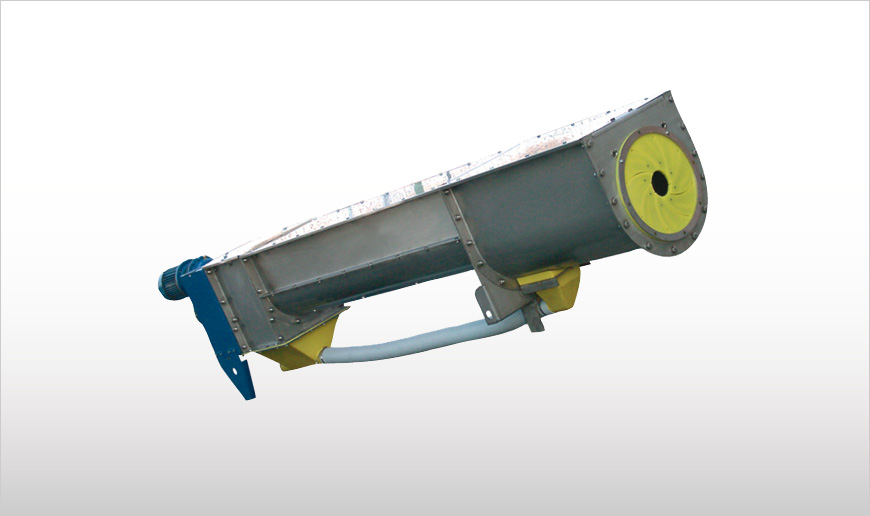Introduction
WASTECOM CPS is a de-watering screw compactor for screened solids in civil and industrial waste water treatment plants.
Up to 40% reduction of screenings volume
Fully enclosed, pollution-free, odour-free
Particularly maintenance-friendly modular design
Technical Specs
Description
WASTECOM CPS Screw Compactors consist of a conveyor trough manufactured from stainless steel, a shaftless extra heavy-duty spiral manufactured from carbon steel, a compacting and de-watering discharge module, a return duct for pressed out water, and a drive unit suitable for the application.

Function
Three functions in one unit: conveying, de-watering and compacting.
Designed for intermittent operation, WASTECOM CPS Screw Compactors can be employed in various de-watering applications and in combination with different type solids-liquid separators or conveyors. Usually applied for compacting various solids from different processes (municipal/industrial waste water treatment, food processing, slaughterhouses, rock wool industries, plastics recycling processes, etc.).
Features
- Fabricated structure completely manufactured from 304L / 316L SS
- Highly wear-resistant extra heavy-duty mild steel or 304/316 SS spiral
- Trough liner manufactured from HDPE high-density, low-friction polymer
- No outlet and intermediate bearing assemblies
- No mechanical components in contact with material handled
Benefits
- Two functions: conveying and compacting
- Up to 40% reduction of screenings volume
- Particularly maintenance-friendly modular design
- No machine locking even with fibrous materials
- Fully enclosed, pollution-free, odour-free
- Low noise level
- Low energy consumption
Options
- Compacting screen basket mesh
- Trough liner
- Drive guard
- Alternative voltage/frequency
- Alternative degree of motor protection
- Control panel
- Compaction washing system
Accessories
- Outlet verticaliser
- Endless tube
- Bag fastening system
- Rectangular inlet
- Adjustable support stands
- Support bracket
- Plug retention SINT diaphragm with different resistance levels